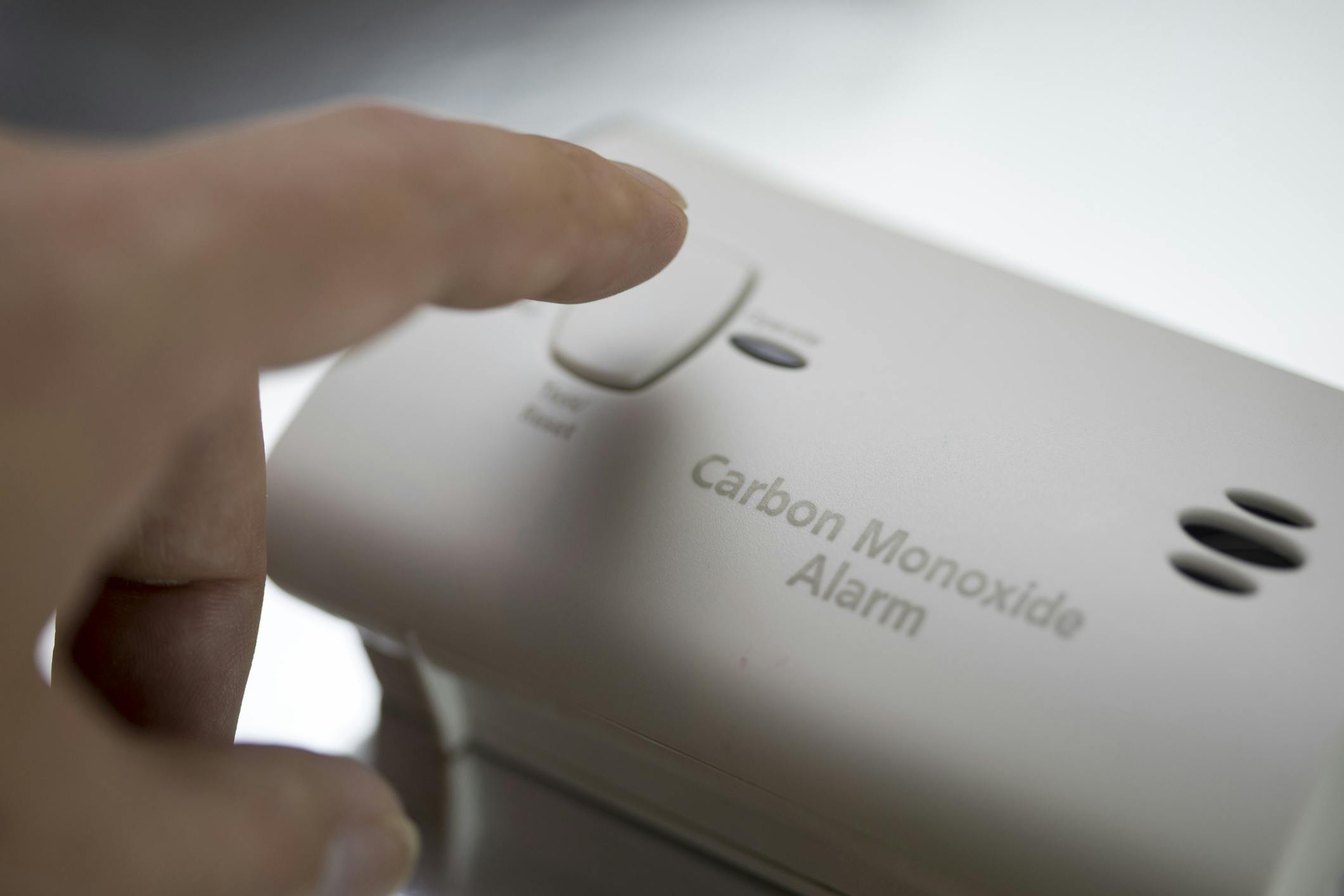What is the Carbon Monoxide Detector Mandate in New York?
To protect New Yorkers from the invisible dangers of CO and fires, the city enacted the Carbon Monoxide Detector Mandate back in 2004. It states that a CO detector must be installed in all one- and two-family homes, apartment houses, hotels, motels, lodging houses, rooming houses, dormitories, rectories, convents, and group homes. The risk for CO exposure increases during winter when homes are heated more frequently, so these detectors are non-negotiable in residential units.
The law dictates that detectors must be installed within 15 feet of the primary entrance to any room used for sleeping purposes in residential buildings that use fossil fuels such as coal, kerosene, oil, wood, gas, and other petroleum products. This goes for any building that has appliances, devices, or systems that may emit carbon monoxide or have an attached garage.
Responsibilities under this mandate are divided between tenants and residential owners:
Tenants: All tenants should regularly test their CO and smoke detectors, replace batteries at least twice a year, and immediately replace batteries when a low-battery alarm is heard. They are also required to reimburse the building owner for any detector that is stolen, removed, missing, or inoperable during their occupancy. The reimbursement rate is $25 per detector or $50 for joint smoke/carbon monoxide detectors in Class A buildings (permanent occupancy) and private dwellings (1-2 family homes).
Landlords: They must install operational CO and smoke detectors and replace them when necessary, especially upon expiration of its useful life or when a new tenant moves in. Each alarm should be equipped with an end-of-life alarm. Landlords also need to provide their tenants with information regarding the testing and maintenance of detectors, and educate them about carbon monoxide poisoning.




